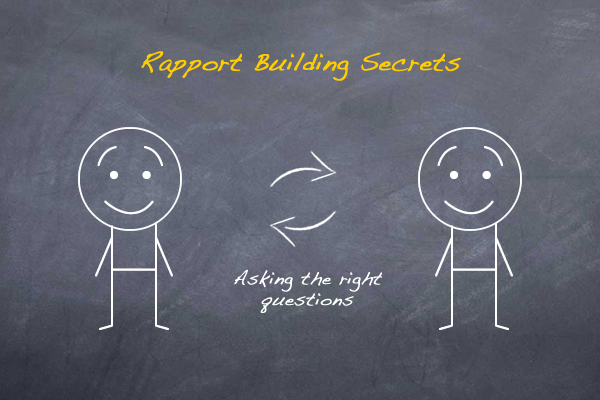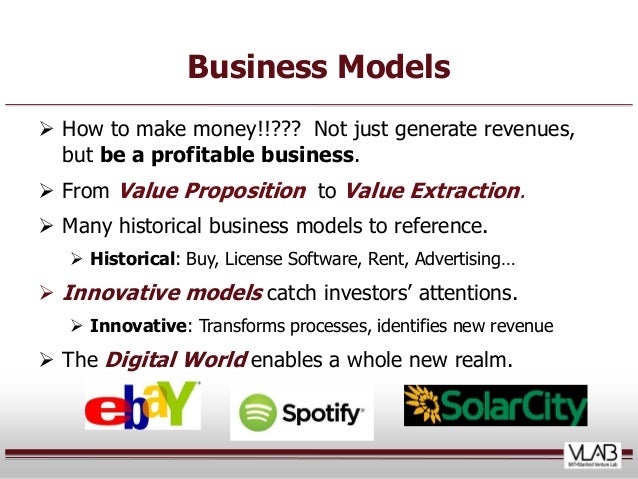
Image source: https://www.puatraining.com/wp-content/uploads/2012/06/rapport-building-secrets.png
Create a positive impression with body language.
A smile and relaxed, open body position is an invitation to your customer to approach you for help. Scowls, frowns, and folded arms create boundaries with people. Even if you're talking with the customer by phone, your body language plays an important part in the message you deliver. Your tone mirrors your posture.
Match your speech pattern to your customer's.
Matching your speech helps your customers identify with you as someone who is "one of their kind." There is a difference in matching and mimicking your customer's speech pattern. You don't want to mimic someone's dialect nor do you want to match emotional tones such as anger or sarcasm. But if your customer talks slow, talk slow. If your customer has a soft voice and you usually talk loud, match your customer's volume. If your customer speaks very informally, using clichs and colloquialisms, then you do the same.
Build trust with a confident tone.
Stammering, word-fillers, and pauses can create the impression that you are unsure of your job, incompetent, or passive. Your tonevolume, pace, pitch, word choicecreates or destroys trust. Speak confidently to your customers.
Avoid a condescending, haughty, impatient, or irritated tone.
Stay away from any "judging" tones. Keep your voice and words friendly and assertive, yet empathetic when appropriate. "Thank you, Mr. Jones, for waiting. Please give me your I.D. number, and I'll pull your file immediately. I understand that you need to get this matter taken care of today.
Inject energy and enthusiasm into your interaction.
You can do this by varying voice tone and rate of speech, as well as by using active body language. Show that you care and that the customer is your number one concern.
Use the customer's name to personalize service.
Everyone likes to hear his or her name. When you call a customer by name, you add that personal touch to your service. However, you don't want to address a customer by "Honey," "Sweetie," or some other inappropriate nickname.
Be informal without being overly familiar.
A "professional" tone does not mean a formal, stiff tone. As you speak, you should be conversational, using short sentences, simple words, contractions, and even occasional slang. But in an attempt to be informal, be careful not to be slapstick, corny, obscene, or too familiar. At best, these may create doubts about your professionalism.
Choose positive or neutral words.
Words trigger emotions. Avoid words that trigger unpleasant emotions, such as complaint, upheaval, fake, and terminate. Use positive or neutral words, such as concern, update, substitute, and conclude.
Frame the positive approach.
In addition to choosing positive words, remember to express your message in a positive way. Say "The customer service desk will be happy to approve your check for payment at any register," rather than "I can't take this check at my register. You have to go to customer service to get it approved."
Be clear and specific.
Vagueness in communication causes misunderstandings. Commonly used vague terms include as soon as possible and at your earliest convenience. Your customer deserves specific information.
Keep your promises.
The surest way to diminish trust with customers is to break promises. If you promise Mrs. Bronson to check on an order and call her this afternoon, do it. No matter what the excuses or foul-ups on someone else's part, you should take responsibility to follow through with what you told the customer.
Tell the truth.
Don't lead your customer on with false information. If the shipment isn't coming until Monday and you know that product A is on back order, tell her the whole truth, not simply that the order will arrive on Monday. Tell the truth upfront to minimize false customer expectations and the resulting anger. Customers forgive errors if they can always depend on you for the truth.


